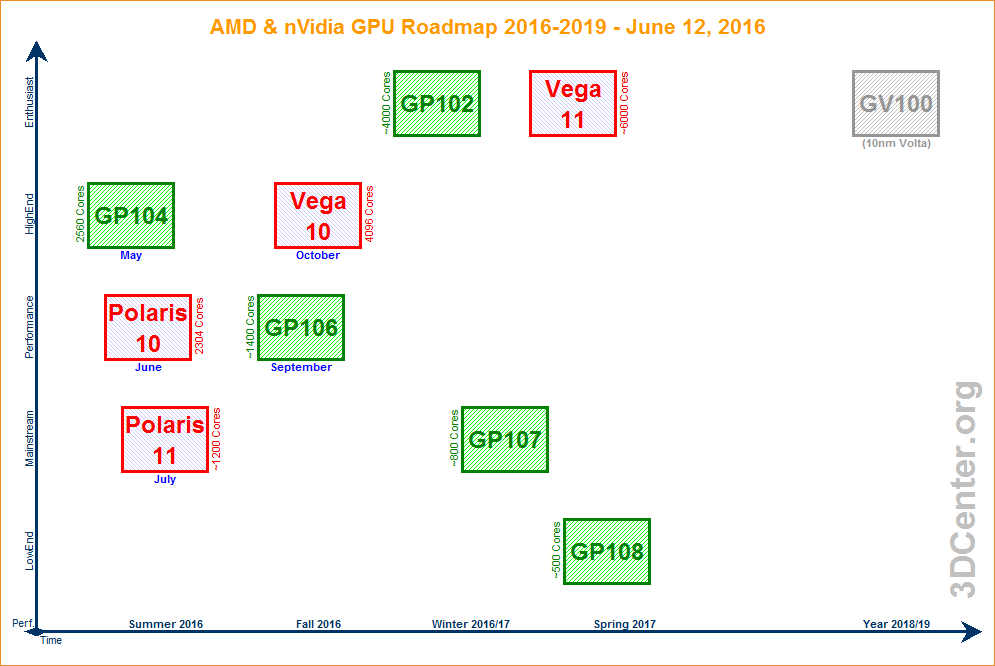Ah, alright. Could there be any efficiency downsides to spreading out work across multiple teams in multiple locations, as compared to NV, which I presume, are having all their engineers assembled in one place?
Also, it would be interesting to know just what Koduri is referring to; "merely" Vega 10 tapeout, or perhaps first silicon from the fab? Something else, like, engineering samples at the lab booting up and working? I hate vague teases like this!
"Long way to go" he says, so probably not finished silicon I suppose. Unless verification process and finalizing drivers and reference board design takes a huge amount of time... *grr!*
This will be like saying Samsung forces are in Texas, because their hold down there their biggest RD developpement team and the bigger Fabric ( world record on this one, its just the bigger Fabs never done ( all word enterprise and workers counted )... Maybe Samsung is just an Texan enterprise after al..... ( ok im a bit drunk so )
This said, the question of investment and forces ( mean peoples ) with AMD. As im realy close to Asia in heart ( my wife ), i have look with a lot of interest this photo... with a differentt regard maybe ...
Last edited:



